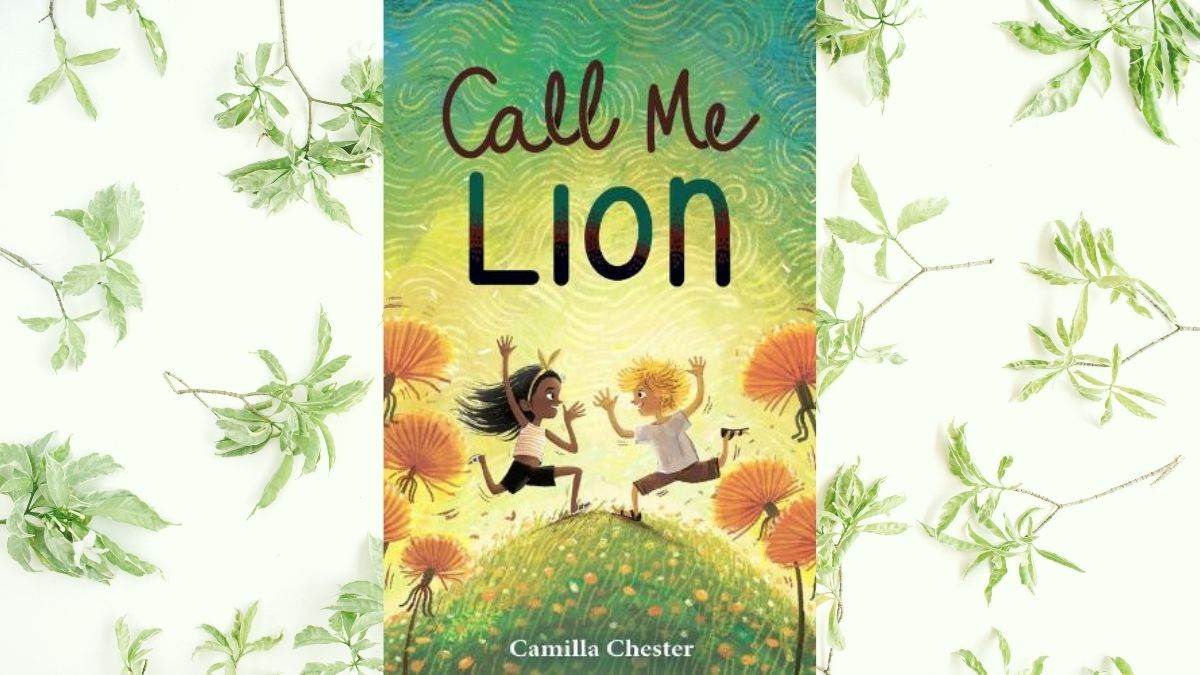Selective Mutism - What I learnt while writing my new book Call Me Lion
Published on: 09 June 2022 Author: Camilla Chester
Children’s Author, Camilla Chester, discusses the research process for her book, Call Me Lion.

My book, Call Me Lion, centres around Leo, a ten-year-old dancer who has selective mutism (SM) and his friendship with Richa, the girl who comes to live next door.
What is Selective Mutism?
The Selective Mutism Information and Resource Association (SMiRA) describes SM as a kind of phobia, but instead of being frightened of heights or tight spaces, children with SM are scared to talk. There is no physical reason why a child with SM can’t talk and most, in familiar, comfortable environments and with people they feel safe, will talk freely, but in certain situations talking is an impossibility. There is no one cause of SM and every individual has their own experience of living with the condition, but there are commonalities that children may share.
I don’t have a diagnosis of SM, neither of my children have SM and before writing the book I had never had any direct experience of SM. When Leo came to me as a fully-formed boy convincing me to tell his story and I realised he had SM, I knew I had a social responsibility to portray his disability with accuracy and sensitivity.
How to find out more about SM
The usual ways to carry out research for a book are to trawl the internet, watch YouTube clips, seek out documentaries, read fiction and non-fiction; fill yourself up with anecdotal information. I did all this but it wasn’t enough. I wanted to find people that lived with SM every day. I needed to feel that I had permission to write Leo’s story from children who recognised themselves in him.
Contacting SMiRA was the best decision I have ever made as a writer and it has completely changed the way I now approach research. It meant that I linked directly with children, families and health care professionals with real-life stories about SM to tell. With their words I was able to really understand and feel Leo’s experiences of living with SM. Forming a relationship with individuals left me feeling confident and assured that I was doing a good job in being accurate and sensitive in how I wrote Leo’s story. This is what the organisation Inclusive Minds is striving to do and if you’re a children's author reading this embarking on telling a story which is outside of your personal experience I would strongly encourage you to contact Inclusive Minds for help involving people with lived experience from the earliest possible stage.
We can only ever perceive the world through our own, personal lens, but authors, like actors, have the chance to walk in someone else’s shoes. If we do this well then our readers will also walk in their shoes and this can only be a good thing. The more we can empathise and understand one another the greater our compassion. Understanding a condition like SM has had a profound affect on me and I hope that I’ve passed that on by sharing Leo’s story.
But it is not only me that personally benefitted from researching the book; the children and families who have been involved in helping me shape Call Me Lion have also gained personal reward from the experience. Through the email correspondence from parents I frequently heard how empowered and valued the children felt by working with me. It meant that their experiences were not only valid, but vital in my understanding of them and how SM affected their lives. This boosted their self-esteem and confidence, which in turn had a wider, positive effect on their lives. I even heard from one mum about her daughter taking the part of Scar in her school production of The Lion King. This was incredible to hear and so relevant to the book I was stunned by it!
How SM comes into Call Me Lion
There’s a section in Call Me Lion where Leo writes a letter to Richa to explain to her how his SM works, these words came directly from one of the children I worked with. There are examples of this throughout the book and although every child with SM will have a different experience, I do hope that Call Me Lion will help all readers to understand the condition more. There’s also a section at the back that I’ve taken from SMiRA’s leaflet for primary schools about SM which gives practical information and ways to help quiet children and/or those diagnosed with SM.
I do want to say here, however, that the book is more than SM. It’s uplifting and fun, full of dance and laughter. It’s about family and friendships and a hilarious dog called Patch. Leo lives with SM but it doesn’t define him; he’s capable and brave and incredibly loveable. It’s vital that children feel seen and that there’s a fair representation within children’s fiction, but I’m a strong believer that stories centring around disability should be empowering, enjoyable and, above all, just a really great story.
This is a quote taken from a recent email I had from one of the children (now a young adult) that I worked with for Call Me Lion and I am continuing to work with for my next book. The quote sums up my point much better than I could and that’s why I chose to finish with their words rather than my own:
“I also love the fact that you’re writing books with characters that will make people feel more represented (with both this book and Call Me Lion), because it can sometimes feel extremely isolating when you’re different to everyone else, in some way or another.”
Check out Call Me Lion
Topics: Bookmark, Behavioural/emotional/social, Features

